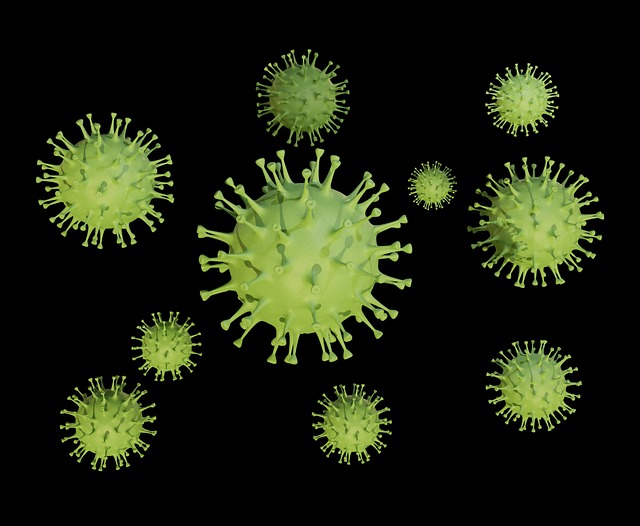Since the first case of the novel coronavirus disease 2019 (COVID-19) was diagnosed in December 2019, it has spread around the world and spurred global action. This has brought unprecedented efforts to institute the practice of physical distancing (most often called "social distancing" ) in countries around the world, resulting in changes in national behavioral patterns and halting the usual functioning of the day to day.
While this may be instrumental in stopping the spread of this disease, it will undoubtedly have consequences for mental health and wellbeing in both the short and long term.
The limited literature on the mental health consequences of epidemics relates more to the sequelae of the disease itself (e.g., mothers of children with congenital Zika syndrome) than to social distancing.
However, large-scale disasters, whether traumatic (e.g., terrorist attacks or mass shootings), natural (e.g., hurricanes), or environmental (e.g., oil spills), are almost always accompanied by increases in depression , post-traumatic stress disorder (PTSD), substance use disorder , a wide range of other mental and behavioral disorders, domestic violence and child abuse.
For example, 1 in 10 adults in New York City showed signs of PTSD in the month following the attacks of September 11, 2001, and nearly 25% of New Yorkers reported an increase in alcohol consumption after the attacks. attacks. the stroke showed signs of clinically significant depression and anxiety.
The SARS epidemic was also associated with increases in PTSD, stress, and distress in patients and physicians. The impact on mental health can occur immediately afterward and persist for long periods of time.
In the context of the COVID-19 pandemic, it appears likely that there will be substantial increases in anxiety and depression, substance use, loneliness, and domestic violence; and with schools closed, there is a very real possibility of an epidemic of child abuse.
While the literature is unclear on the science of population-level prevention, it leads us to conclude that three steps taken now can proactively help us prepare for the inevitable rise in mental health problems and associated sequelae. which are the consequences of this pandemic.
• First , it is necessary to plan for the inevitability of loneliness and its consequences as populations become physically and socially isolated and develop ways to intervene. The use of digital technologies can bridge social distancing, even when physical distancing measures are in place. Normal structures where people congregate, whether places of worship, gyms, etc., can conduct online activities on a schedule similar to what was in place before social distancing.
Some workplaces are creating a virtual workspace where people can work and connect over video connections. Employers should ensure that each employee receives daily contact during the work week, through a supervisor or her co-workers, just to maintain social contact.
Many observers note that the reach involving voice and/or video is superior to email and text messages.
Additional efforts must be made to ensure connections with people who are often marginalized and isolated, including the elderly, immigrants, homeless people, and people with mental illness. Social media can also be used to encourage groups to connect and direct people to trusted resources for mental health support.
These platforms can also enhance check-in functions to provide regular contact with people, as well as allow people to share information about their well-being and resource needs with others.
Even with all these measures, there will still be segments of the population that are alone and isolated . This suggests the need for remote approaches to outreach and screening for loneliness and associated mental health conditions so that social support can be provided.
Particularly relevant here is the development and implementation of routines , particularly for out-of-school children, ensuring they have access to regularly scheduled work. Online substitutes for daily routines, as mentioned above, can be extremely helpful, but not all children have access to technologies that enable remote connectivity. Approaches are needed to ensure structure, continuity of learning and socialization.
• Secondly , it is essential to have mechanisms for monitoring , reporting and intervention, particularly when it comes to domestic violence and child abuse. People at risk of abuse may have limited opportunities to report or seek help when extended home living is required and travel outside the home is limited. Systems will need to balance the need for social distancing with the availability of safe places for people who are at risk.
• Third , it is time to strengthen our mental health system to prepare for the inevitable challenges that the COVID-19 pandemic will precipitate. Stepped care, the practice of providing the most effective, least resource-intensive treatment for patients who need it, and then advancing to more resource-intensive treatment based on patients’ needs, is a useful approach.
Scaling up treatment in the midst of crisis will require creative thinking.
Communities and organizations could consider training non-traditional groups to provide psychological first aid, helping to teach the public to communicate with each other and provide support. Even small signs that someone cares could make a difference in the early stages of social isolation.
Individual or group mental health telemedicine consultations and the delivery of care through technology platforms will be important components of stepped care for both acute crisis management and more routine communication and support.
Health systems, both public and private sectors, will need to develop mechanisms for the replenishment and delivery of essential medicines, including psychiatric medicines.
In conclusion , this difficult time offers the opportunity to advance our understanding of how to provide psychological first aid and mental health care focused on prevention, and emerge from this pandemic with new ways of doing so. The global COVID-19 pandemic, and efforts to contain it, pose a unique threat, and we must recognize the pandemic that will quickly follow, that of mental and behavioral illnesses, and implement the necessary steps to mitigate it. |
















